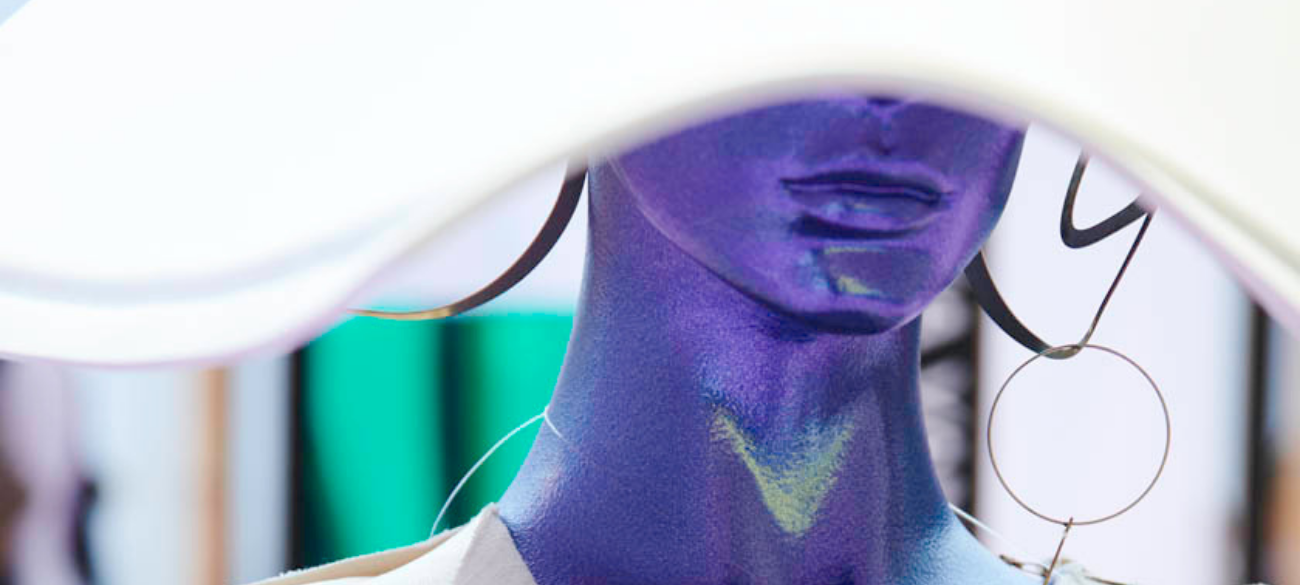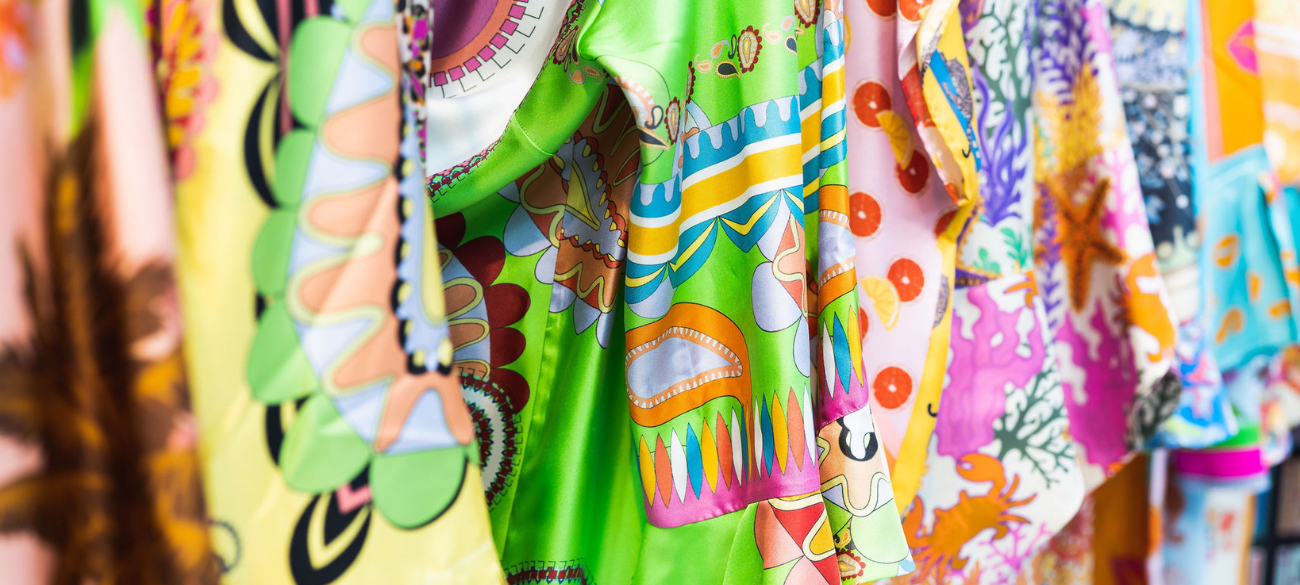The fashion industry in times of coronavirus #5: fitting seasonal developments
July is already upon us. The shops and pavement cafes are brimming, obligatory face masks are all but a thing of the past; the long-awaited summer without restrictions has made an appearance after all. And fashion stores are also reaping the rewards: decent money is fi- nal- ly coming into the tills, says retail organisation Euretco.
Granted, current sales are nothing like pre-coronavirus levels. Contradictory as it may sound, the lack of clement spring and summer weather actually (eventually) helped retailers. Thanks to the low temperatures at the start of the season, the spring items were still in demand when the stores opened their doors in May. The temperatures only rose in the last week of May, resulting in shoppers turning to summer items. These developments are clearly reflected in the sales figures. Coats, trousers and sweaters initially performed well in the sales index, and once the weather brightened up, sales of dresses and skirts increased – for the women’s sector.
Rather strikingly, the pandemic resulted in more logical seasonal sales. Covid-19 forced retailers to adjust their approach to deliveries and stock, which represented a shift that was more in line with actual meteorological seasonal developments. Fashion retailers only started cautiously discounting at the end of June, in contrast to the major sales that we were accustomed to. And reductions are being more carefully considered: prices no longer need to be slashed on summer items, so the margins are better preserved.
Fashion retail in 2021: the numbers
And what about the numbers? Euretco notes that up to week 24, women’s and men’s fashion notched up approximately 20 per cent higher sales than in the same period in the previous year. In both women’s and men’s fashion, higher resales were achieved due to better and more mindful deliveries. The gross margin has improved for both sectors, and is now an average of 1.5 percentage points higher than last year. The purchase value of the stock in the stores at the end of week 24 is an average of 10 to 15 per cent lower than last year.
Across all categories (women’s, men’s, children’s and body fashion), up until week 24 of this year, sales were up 8 per cent on the same period in 2020 (when Covid-19 had already made its mark). Compared to 2019, sales in the industry as a whole are down 17 per cent.

Consumer shopping behaviour after coronavirus; what should we expect?
The burning question: how will consumers behave after a year of alternative shopping? Our lives have become increasingly home-based, and the boundaries between our work and personal lives have blurred. This means that where, when and how we shop has also changed. Consumers are making more considered – and when it comes to physical stores, more local – purchases, and appear to be more concerned with quality and distinction than price. Consumers visit a physical store to relax, see what’s available and be inspired, and head online for the ease and speed. Note that online and physical are not separate worlds, they in fact strengthen and complement each other. Euretco therefore says that a good, up-to-date online platform is certainly a plus for physical stores.
Not only is online shopping booming, consumer attitudes in general have also changed. This changing consumer behaviour is forcing businesses to make efforts to even better understand their customers. How well do you know your customer and what they are looking for? How do customers experience the buying process as a whole? The expectation is that data will become even more vital in the future. Consumer confidence is thankfully on the up. Total sales dropped, but online sales increased, and that is a promising sign: closures or not, shoppers are still finding their way to fashion stores.
Written by Marjolein Stormezand in collaboration with Euretco.
Share article
